In this recitation, we created a drawing machine by building a circuit to control the mechanical arms. We assembled the circuit individually and worked together to make the machine. I ran into many problems while building it and running the code, and stayed another 10 minutes after the class finished to complete the project. But luckily, we got it done at the end.
Materials:
For Steps 1 and 2
1 * 42STH33-0404AC stepper motor
1 * L293D ic chip
1 * power jack
1 * 12 VDC power supply
1 * Arduino kit and its contents
For Step 3
2 * Laser-cut short arms
2 * Laser-cut long arms
1* Laser-cut motor holder
2 * 3D printed motor coupling
5 * Paper Fasteners
1 * Pen that fits the laser-cut mechanisms
Paper
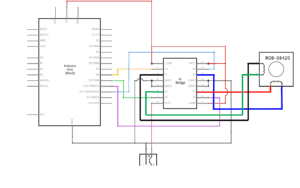
Though the schematic looked complicated, merely building it seemed easy. I didn’t realize how many mistakes I had made until one of the fellows helped check it. Forgetting to separate 12V and 5V power, put H-bridge in the wrong direction, misconnecting the ground… I spent a long time to adjust the circuit, leaving little time for other steps。
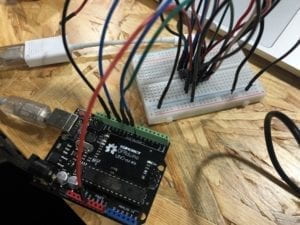
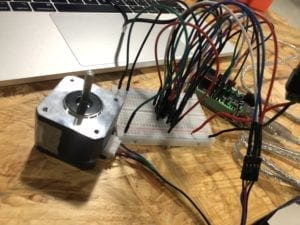
But after correcting the circuit, the code still didn’t work, which confused me a lot. We later realize it was because I selected the wrong port in Arduino.
In step two, we added a potentiometer into the circuit and modified the code to match it with the motor, so we could use the potentiometer to control the rotation of the motor.
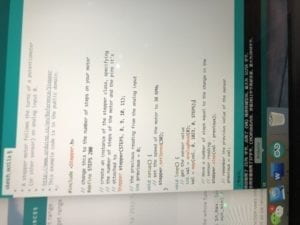
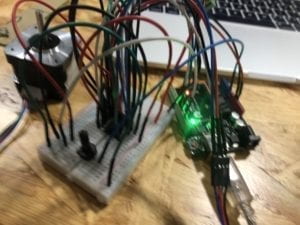
In step 3, we built a mechanical arm and combined it with the motors—a drawing machine was done.
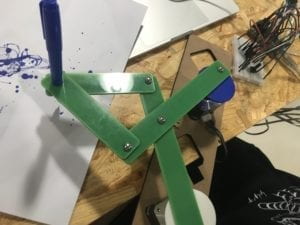
Question 1:
I’m interested in building something that is both of practical use and art value. Somehow many machines now merely have one of them, but these two qualities aren’t incompatible. We’ve used a few different kinds of actuators so far, such as servor motor and stepper motor, each of whom is used for different purposes. As we combine them and other things together, we can make something more complex and useful. Digital art is a more modernized way of expression, which not only can be a completely new form but also can be used to help the traditional ones adapt to today’s society.
Question 2:
In the reading ART + Science NOW, Stephen Wilson (Kinetics chapter), one art installation called Mechanical Mirrors: Wooden Mirror by Daniel Rozin is mentioned. It is a computer-controlled installation that uses wooden blocks to recreate digitalized video images. The artist uses cameras to detect the grey value. Then the system reads it and adjusts the blocks accordingly. It uses servo motors to change the angles in order to show different grey-scale values. In our recitation, we used stepper motors because we needed the mechanical arm to move differently. However, both of the installations show the process of interaction. The wooden mirror reflects people’s movement when they interact with it, while the drawing machine draws out the picture for the users as they use it.